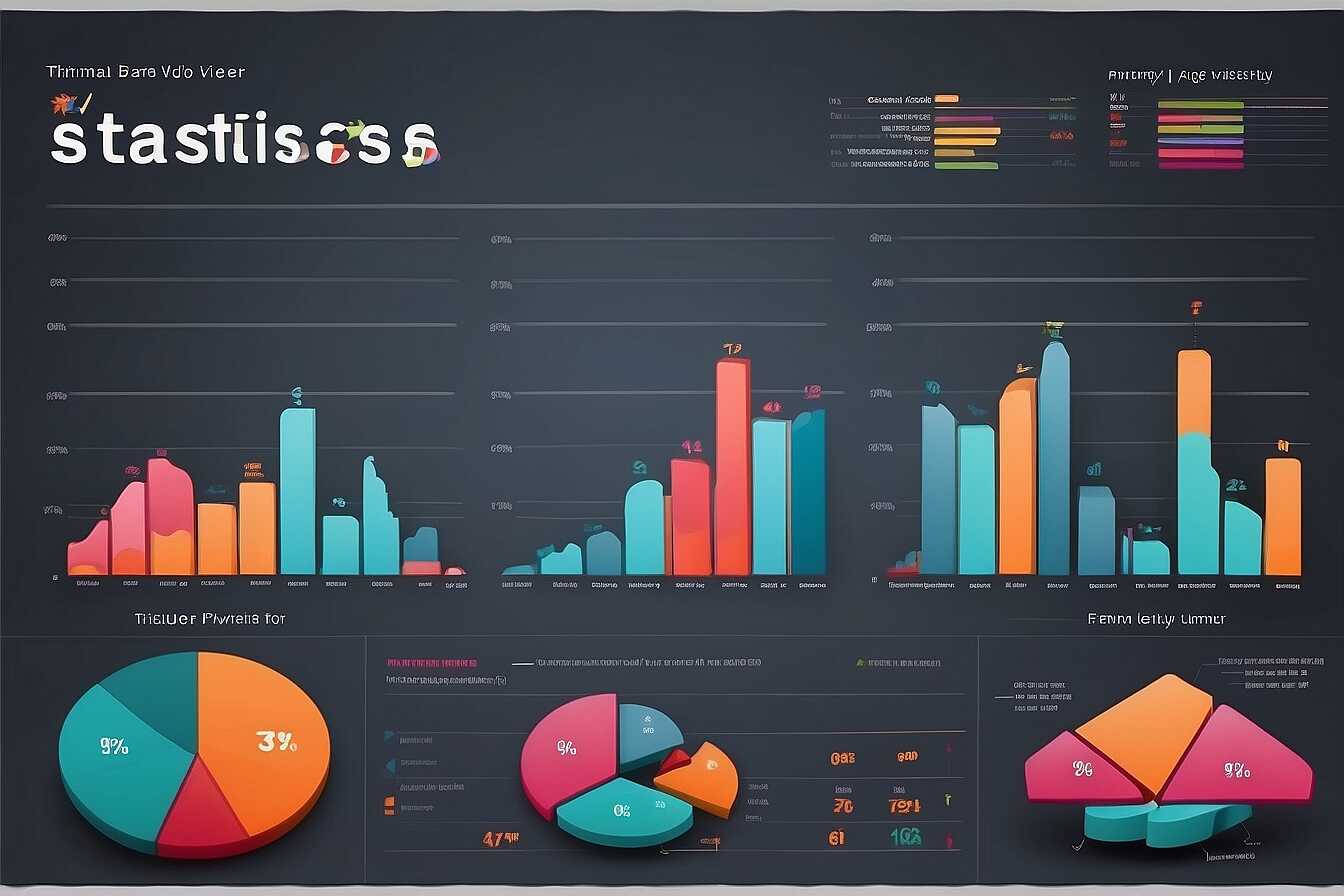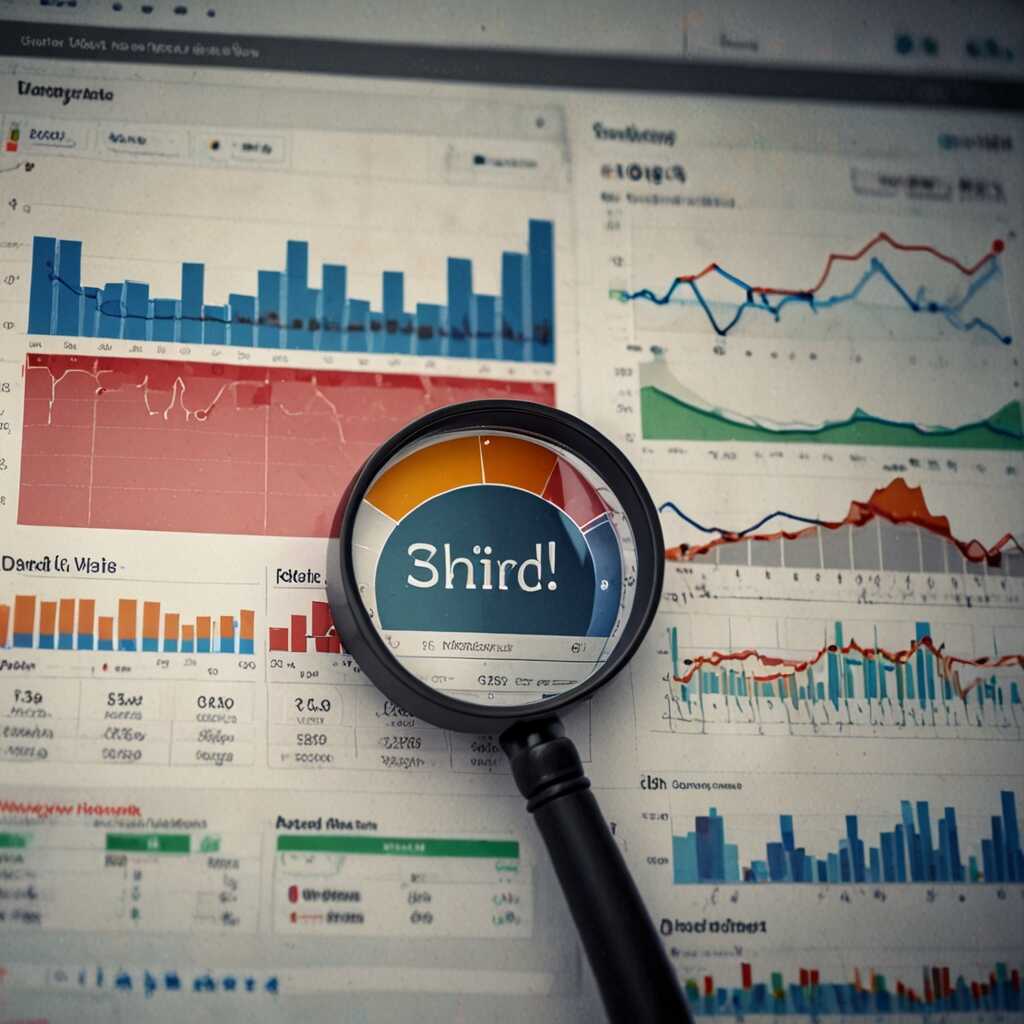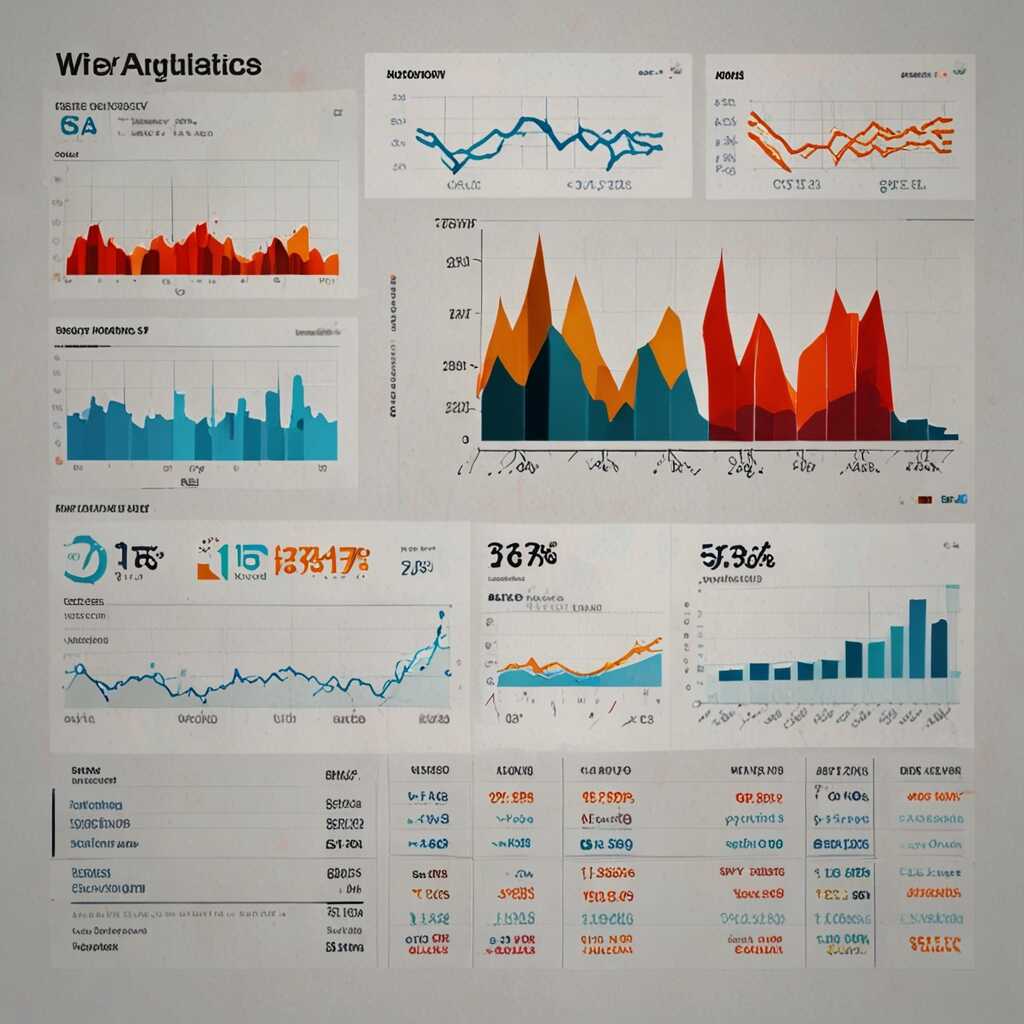Optimize page speed to enhance SEO and increase conversions is essential for any website aiming for success. Faster-loading pages improve user experience, leading to higher search engine rankings and more sales. At Metrics Rule, we specialize in page speed optimization, helping digital marketers, e-commerce owners, and web developers accelerate their websites. By implementing effective strategies, you can boost both your site’s performance and conversion rates.
Essential Techniques for Accelerating Website Load Speed
Improving website loading speed requires a combination of essential techniques. First, optimize image sizes by compressing them without losing quality. This reduces load times significantly and enhances user experience. Use a Content Delivery Network (CDN) to distribute content globally, allowing users to access data from servers closest to them. Minifying CSS, JavaScript, and HTML is another effective method that removes unnecessary characters, leading to faster response times. Additionally, consider implementing browser caching, which stores frequently accessed files locally for quicker retrieval. These actions greatly help improve SEO rankings and ensure user satisfaction.
Tools for Measuring Website Load Speed
To accurately assess your website’s load speed, utilize tools like Google PageSpeed Insights, GTmetrix, and Pingdom. These tools provide detailed analytics, including load times and recommendations for improvements. For a comprehensive review, incorporate multiple tools to cross-reference results. This ensures reliability and accuracy in measuring web performance. You can expect improved efficiency in your website’s performance after implementing the suggested optimizations, which can reduce load times by 25-50% in many cases. These metrics are vital for enhancing your site’s SEO and driving e-commerce conversions.
The Direct Effects of Page Speed on Conversion Rates
Website loading speed significantly affects conversion rates. Research shows that for every second delay in loading, conversions can drop by up to 20%. This data indicates the importance of page speed optimization. In the e-commerce environment, slow-loading pages often lead users to abandon their carts, reducing sales and overall revenue. Improved page speed enhances user experience, leading to better user retention. Fast-loading websites directly correlate with user satisfaction, encouraging users to revisit your site, which is vital for sustained growth.
Understanding the Correlation Between Page Speed and User Behavior
Improving page speed enhances user behavior significantly. Studies reveal that users expect a website to load within 2 seconds. If it takes longer, they are likely to leave. For instance, an e-commerce platform that loads in 3 seconds instead of 5 seconds might see a conversion increase of over 30%. This quick loading time fosters reliability and improves user reviews. In this fast-paced digital era, optimizing page speed is essential for maximizing efficiency and conversion rates in both desktop and mobile environments.

Top Tools for Testing and Improving Page Speed
To enhance your website’s speed effectively, consider tools like Google PageSpeed Insights, GTmetrix, and Pingdom. Google PageSpeed Insights provides insights into your site’s performance on both mobile and desktop. It offers practical suggestions for optimizing speed. GTmetrix combines Google Lighthouse and Web Vitals to give detailed performance analysis and actionable improvements. Pingdom allows you to monitor your website’s uptime, load speed, and the performance of individual elements, ensuring everything runs smoothly. By utilizing these performance testing tools, users can identify issues hindering load times and remedy them efficiently.
Understanding Key Performance Metrics for Page Speed
Key performance metrics significantly affect your website’s speed and user experience. Metrics such as Time to First Byte (TTFB) and Largest Contentful Paint (LCP) are crucial. TTFB measures the time taken for a user’s browser to receive the first byte of data from your server. LCP measures the time it takes for the largest visible content element to load. Both metrics directly influence user satisfaction and conversions. Aiming for a total page load time of less than 3 seconds is vital for keeping users engaged. By analyzing these metrics, you can implement changes that improve website speed, resulting in better SEO performance and higher conversion rates.
Key Metrics Related to Website Loading Speed
- Google recommends that pages should load in under 2 seconds for optimal user experience.
- Studies show that a 1-second delay in loading time results in a 7% reduction in conversion rates.
- 55% of mobile users abandon sites that take longer than 3 seconds to load.
- Fast-loading pages can outperform slower pages by up to 40% in terms of engagement.
- Website speed is a ranking factor for Google, influencing 70% of search results.
- Optimizing page speed can decrease bounce rates by up to 25%.
- A 0.1-second improvement in load time can lead to a 10% increase in user satisfaction ratings.

Identifying and Resolving Common Page Speed Problems
Common issues that lead to slow page speeds often include large image files, excessive server response times, unoptimized scripts, and unnecessary redirects. Large image files can significantly slow down website loading, while long server response times hinder user experience. Minimizing the use of heavy scripts and reducing the number of redirects also helps enhance page speed. Image optimization techniques can include converting images to modern formats like WebP, which reduces file sizes while maintaining quality. Keeping these factors under control can ensure your website performs efficiently, ultimately improving search rankings and conversion rates.
Understanding Image Optimization Techniques for Faster Loads
Image optimization is crucial for e-commerce performance, as images often take up the most bandwidth on a webpage. Using tools like Adobe Photoshop or online services such as TinyPNG can help reduce file sizes without compromising quality. The goal is to maintain a balance between visual appeal and load times. It’s essential to use appropriate dimensions and compress images to fit web standards. A good benchmark for e-commerce websites is to aim for images that load in under 100 KB whenever possible. This approach not only enhances page speed but also contributes to a better user experience, making it more likely for visitors to convert.

Implementing Image Optimization Strategies for Speed
To optimize images for faster loading times, you can employ several effective image optimization techniques. Start by choosing the right format; use JPG for photographs and PNG for images with transparency. Apply compression methods that reduce file size without sacrificing quality. Consider using responsive images to serve the appropriate size for different devices. Additionally, leverage image CDNs (Content Delivery Networks) to ensure reliability and speedy delivery worldwide. Overall, these strategies enhance SEO performance while improving user engagement.
Understanding Image Formats and Compression Techniques
Different image formats and compression techniques play a crucial role in optimizing images. JPG, PNG, and WebP are popular formats; each offers specific benefits. JPG is excellent for high-quality photos, while PNG supports transparency and is suitable for graphics. WebP provides superior compression, reducing file sizes significantly. When compressing, aim for a balance between quality and size—keep images below 100 KB for web use. Using tools like TinyPNG or ImageOptim helps efficiently minimize file sizes without losing quality. This not only enhances loading times but also boosts your site’s SEO by improving performance metrics.
Advantages of Quick-Loading Websites
- Faster websites provide better user experience and encourage visitors to stay longer.
- Optimized loading times often lead to higher search engine rankings.
- Quick load times can significantly boost overall conversion rates for e-commerce platforms.
- Improved page speed reduces bounce rates, keeping users engaged with your content.
- Better site speed can enhance mobile user satisfaction, reaching more customers.
- Search engines favor fast-loading pages, improving visibility in relevant searches.
- Higher customer satisfaction increases trust and loyalty toward your brand.

Utilizing Browser Caching to Increase Website Efficiency
Browser caching is a technique that stores static files from a website locally on a user’s device. This allows for faster loading speeds when users revisit the site, enhancing user experience and improving SEO performance. Popular techniques for implementing browser caching include setting appropriate expiration headers and using cache-control policies. On average, browser caching can reduce page load time by up to 50%, which is significant for retaining visitors and boosting conversion rates.
Effective Strategies for Implementing Browser Caching
Implementing browser caching effectively involves several proven strategies. Firstly, enable caching by adding HTTP headers that specify which resources should be cached and for how long. Utilize Cache-Control and Expires headers to direct browsers in storing assets, ensuring they are retrieved from local storage rather than the server on subsequent visits. Moreover, consider setting up a Content Delivery Network (CDN) to further enhance performance. CDNs can provide even quicker access to cached resources tailored for users’ locations. Metrics Rule in Vancouver can help optimize these settings for superior efficiency and improved search engine rankings.
Understanding the Importance of Hosting and Server Settings
The choice of hosting and server settings significantly impacts your website’s speed. A reliable hosting provider ensures that your site loads quickly, which enhances user experience and boosts SEO. When evaluating hosting options, consider both shared and dedicated servers. Dedicated servers typically offer better performance as they allocate all resources to your website. Furthermore, server response time is crucial; ideally, it should be under 200 milliseconds for optimal loading speed. Research shows that faster load times improve conversion rates, making hosting choices essential for e-commerce platforms.
Choosing the Right Hosting Provider for Your Website
Choosing the right hosting provider involves weighing features and performance. Look for providers that offer optimized server configurations for speed and reliability. For example, hosting services with solid-state drives (SSDs) enhance site loading times compared to traditional hard drives. Additionally, a Content Delivery Network (CDN) can deliver content faster to users based on their geographic location. When considering the best hosting solutions, review user feedback and performance data. Companies like SiteGround and Bluehost have proven effective for e-commerce businesses. Ensure that the hosting service can handle your expected traffic efficiently while providing excellent uptime rates for superior SEO outcomes.
Brands and Demographics Interested in Speed Optimization
- E-commerce platforms often prioritize website speed for boosting sales and customer retention.
- Tech giants like Amazon use speed optimization to enhance user experience and drive revenue.
- Startups benefit from fast-loading sites as they attract vital user engagement and investments.
- Local businesses improve their visibility and customer orders through speed optimization techniques.
- Media sites leverage fast page loads to keep visitors engaged and reduce ad bounce rates.
- Companies in competitive industries rely on speed to distinguish themselves from competitors.
- Freelancers and consultants find that quicker sites improve their credibility and client trust.
Harnessing the Power of Content Delivery Networks for Speed
Content Delivery Networks (CDNs) are networks of servers spread across various geographical locations. They work by caching content closer to users, ensuring faster server response times. Using a CDN can significantly improve your website speed and enhance user experience by delivering content from the nearest server to the user. Typical improvements in website loading times can reach up to 50% or more, which directly influences SEO rankings and conversion rates. By leveraging a CDN, you’re not only ensuring speed but also reliability, reducing the risk of downtime for your e-commerce site.
Key Benefits of Implementing a CDN for E-commerce Sites
Implementing a CDN for your e-commerce website provides essential benefits. First, it enhances loading times, which is crucial for retaining potential customers. Pages that load faster lead to better user engagement and lower bounce rates, improving your SEO metrics. Furthermore, with reliable CDNs capable of handling high traffic volumes, your site remains up and efficient during peak shopping times. Testing reveals that sites employing CDNs experience improved performance and conversions, providing a robust return on investment. The strategic use of a CDN allows businesses in Vancouver, like Metrics Rule, to maintain competitive edge and ensure excellent service to their customers.
